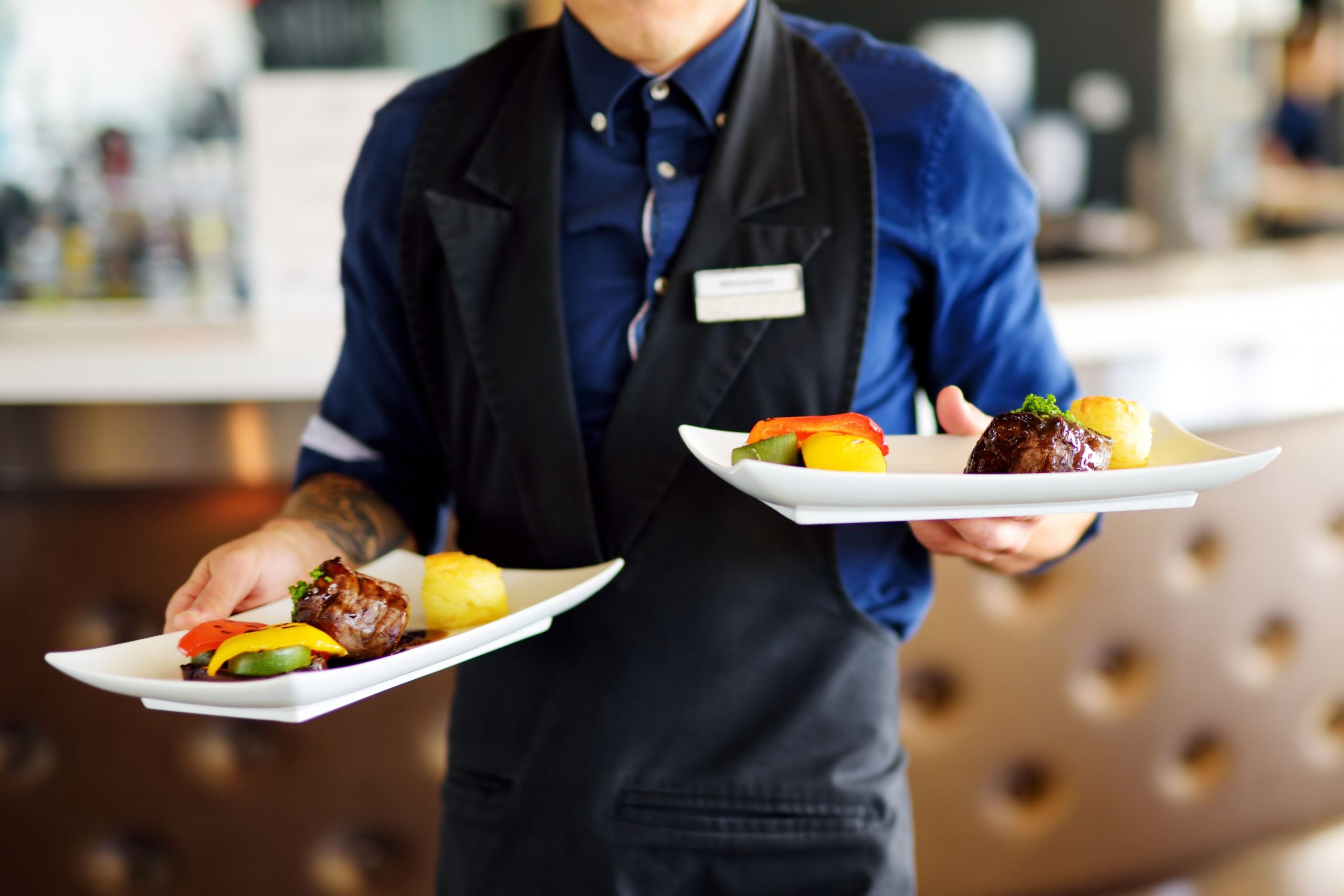What’s Happening to the Food Industry
While every industry is feeling the economic strain created by COVID-19, the restaurant industry is particularly vulnerable to this swift economic downturn. As one of the few Industries where small independent operators account for the majority of jobs (70%), there are few institutional protections to fall back on. Experts estimate that up to half of the 15 million American restaurant workers will lose their jobs and seek unemployment within the next three months, a loss of employment that will have ripple effects far beyond the food industry.

So far 49 of 50 states have imposed formal restrictions on dine-in services, forcing these groups to subsist on take-out and delivery. However, take-out and delivery are not enough to keep them afloat. Bo Peabody, restaurant owner and Seated co-founder, explains: “During normal times, delivery and pickup is a nice supplement … It could be 5, or 10, or 15 percent of revenue, but when dine-in goes away, it’s probably better to let everybody go on unemployment.” And that’s exactly what the hardest hit restaurants are doing as owners find it increasingly hard to justify the health risks for such low returns.
Larger and larger numbers of chefs like Jose Andres or David Chang are speaking out publicly about the existential threat the food industry faces and are calling for support from all corners. That means you.
What You Need to Know
Is it safe to order food?
The short answer is yes. The CDC, FDA and WHO emphasize that there is no evidence to support that there is any meaningful spread of coronavirus through food. COVID-19 is a respiratory illness that is primarily spread through inhaling respiratory droplets, the vast majority of receptors of the virus are found in your lungs and not your digestive tract. In fact, you are probably safer ordering food that has been cooked following food code standards and delivered to you than you are going to the supermarket. If you need to be further convinced on the value of social distancing, check out these helpful graphic from the Washington Post

Safety steps you can take:
Just because it’s safe, doesn’t mean there aren’t precautionary steps you should take to avoid the risk of transmission from the delivery person or from a contaminated surface on your food packaging. When ordering food:
-
Use contactless delivery
-
Leave the outermost packaging (bag) outside of your house to be recycled or discarded later
-
Wash your hands before opening containers of food
-
Transfer all your food to your own plates and use your own utensils
-
Recycle or discard packaging
-
Wash your hands again before eating
How Else Can You Help?
It is important to support restaurants in their time of need and continuing to order takeout and delivery is an important step to take. Participate in events like #theGreatAmericanTakeout and try and order more if you can. Several restaurants are offering cheaper deals during this time, so take advantage. As we mentioned earlier though, it is very unlikely that your favorite independent operators can survive on delivery alone. In order to further support the restaurants you love:
-
Tip generously. As cookbook author, Genevieve Ko, puts it: “give whatever you can above the standard 20%.”
-
Donate to these relief funds that have been set up to support food workers in their time of need.
-
Call for government action by calling your representative and signing this petition. Tell them to support the food industry and that the big chains represent only a third of that industry.
If you need a reminder of why you’re doing this, just order from your favorite restaurant and read this article about restaurant workers feeding hospital workers in this time of need and see how it makes you feel.

